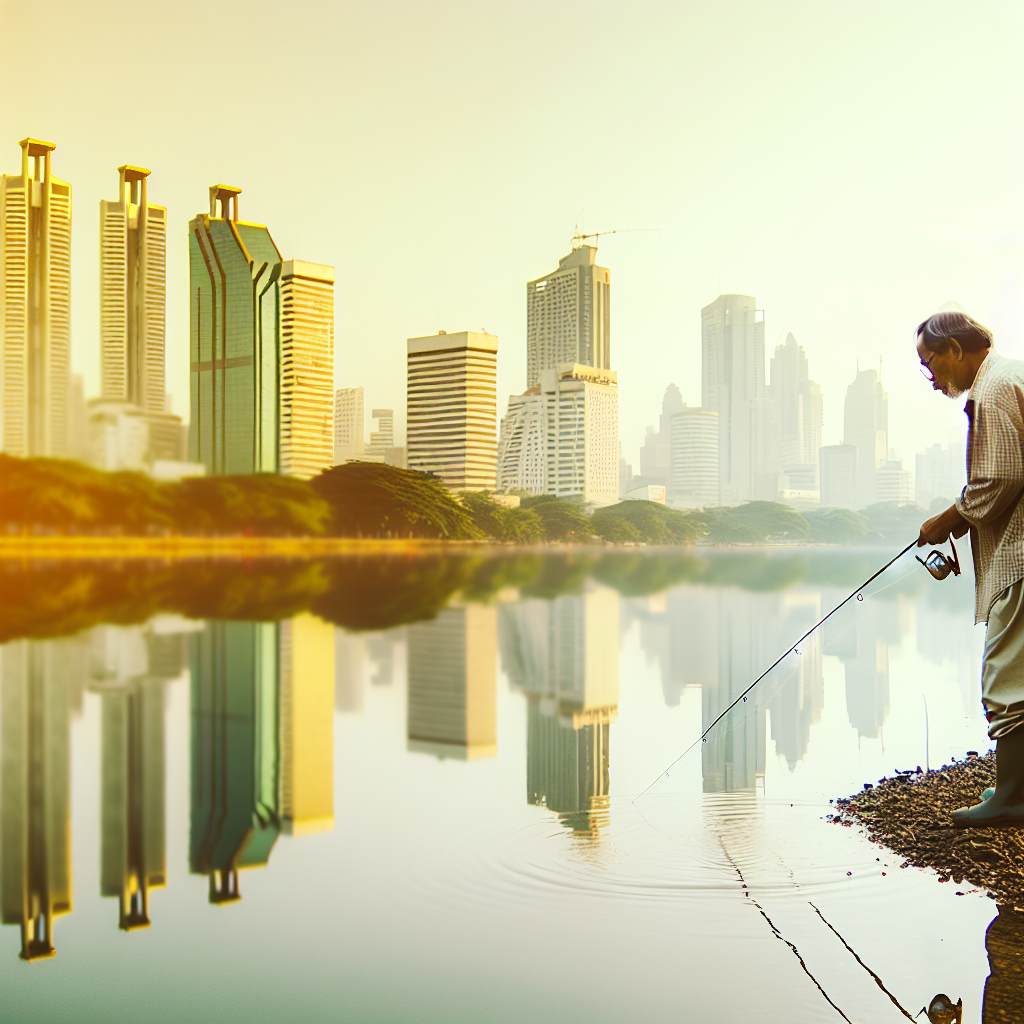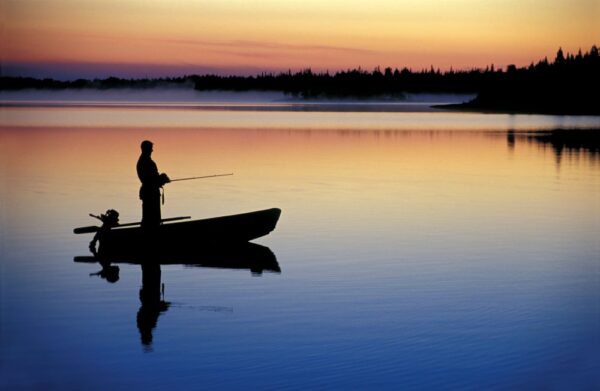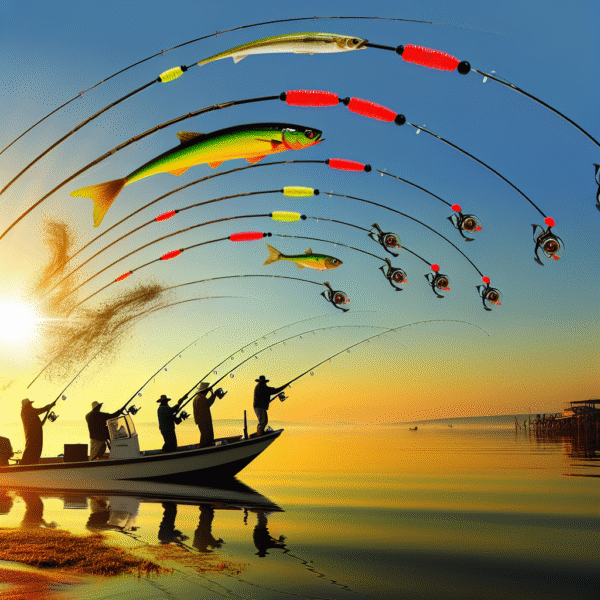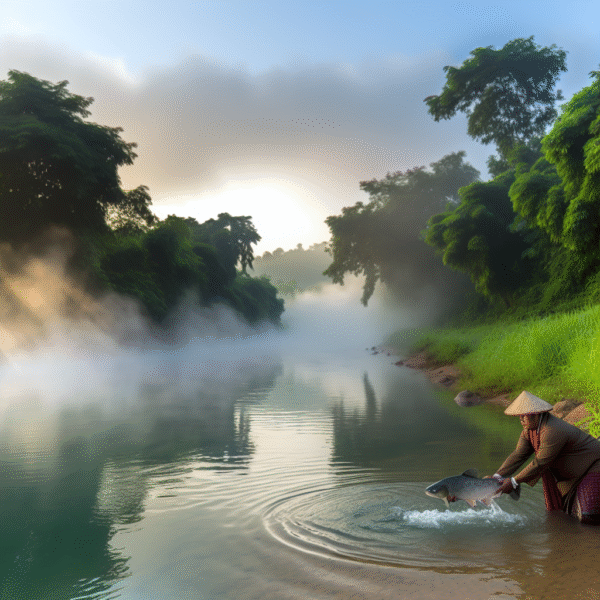Urban Fishing: The Next Big Outdoor Adventure in the Heart of the City
Urban fishing is redefining outdoor recreation. Contrary to popular belief, you don’t need remote wilderness to land an impressive catch—just hop on the subway. Across cities worldwide, vibrant waterways wind through concrete jungles, offering anglers of all levels a chance to fish with a skyline view. Urban fishing is more than a pastime; it’s an accessible, eco-friendly way to connect with nature while staying within city limits.
Whether you’re a curious beginner or a rod-toting regular, urban fishing offers a unique lens on city life. This guide highlights top global destinations, must-know fishing tips, essential gear, and the cultural connections that make urban fishing more than just casting a line—it’s casting into community.
Top Cities Where Urban Fishing Thrives
From megacities to historic capitals, urban fishing is weaving outdoor recreation into urban infrastructure. These cities offer premier access to diverse species, scenic backdrops, and local guidance for an unforgettable fishing experience.
New York City, USA: Five Boroughs, Thousands of Fish
Few places illustrate urban fishing better than New York City. From the Harlem River to Prospect Park Lake, anglers reel in species like striped bass, bluefish, and carp—all with skyline scenery. For families and beginners, Prospect Park offers calm waters and picnic areas. Scenic catches await in Manhattan at Carl Schurz Park or along the Harlem River piers.
No saltwater license is needed for NYC’s tidal areas, making spots like Battery Park and Inwood Hill Park easy choices. Freshwater fishing, such as in Prospect Park Lake, requires a New York State license—but it’s free for catch-and-release. Grab bait at Bernie’s Bait & Tackle in Sheepshead Bay, an icon among local fishers.
London, UK: Casting Along Victorian Canals
Urban fishing in London shines along the city’s underappreciated canals and docklands. Regent’s Canal winds quietly through Camden and King’s Cross, harboring roach, perch, and bream. It’s a tranquil setting hidden in plain sight—and totally free to fish through the Canal & River Trust’s ‘Let’s Fish’ program. Just snag a national rod license (required for ages 13+).
Fish early along Paddington Basin or St Pancras Lock for a better chance at bites amid the bustle. Cyclists and joggers share the towpaths, so stay aware and enjoy the atmosphere. Afterward, pop into nearby pubs to complete your London urban angling experience.
Tokyo, Japan: Where Serenity Meets the Skyline
Urban fishing in Tokyo is a uniquely peaceful pursuit. The Kanda and Arakawa Rivers deliver picturesque settings, often framed by cherry blossoms. Anglers can find Japanese species like ayu and dace. For relaxed lake fishing, Inokashira Park in Kichijoji offers boat rentals and a strong largemouth bass population.
Short on time? Visit Ichigaya Fishing Center, a pay-to-fish venue popular with after-work anglers sipping vending machine beer. These urban fishing holes offer more than just a line in the water—they’re social hubs that blend routine, mindfulness, and modern culture.
Best Urban Fishing Spots for Families
Urban fishing offers fun, safety, and education for young anglers. Access to amenities paired with calm waters makes these family-friendly destinations perfect for weekend adventures close to home.
- Lincoln Park Lagoon, Chicago – Just minutes from the city center, it offers bluegill, catfish, and pike. With picnic areas and a zoo nearby, it’s ideal for an all-day family trip.
- Lane Cove National Park, Sydney – Nestled in the city’s north, this park blends bushland with bass-rich waters. Amenities include barbecues, trails, and restrooms—perfect for kids.
- Lachine Canal, Montreal – Recognized by UNESCO, this iconic waterway offers freshwater fishing, bike trails, and access to local cafés. Families can experience fishing and local culture in one outing.
For kids, simplicity works best. Pack lightweight gear: a spinning rod, barbless hooks, worm bait, and possibly a landing net. Choose early mornings or late afternoons for calmer weather and more activity near the surface.
Urban Fishing Tips from Local Experts
Smart urban fishing isn’t just about finding a body of water—it’s about mastering timing, gear, and etiquette. Use these tips to fish like a local and maximize your chances wherever you go.
- Fish during peak hours: Dawn and dusk attract active fish and offer calmer surroundings.
- Keep gear minimal: A collapsible rod, a compact tackle box, and one reliable bait—such as nightcrawlers—keep your outing nimble and successful.
- Understand ecosystem cues: Watch how tides, shadows, and current strength vary through the day. These factors impact fish movement and strike timing.
- Stay low-profile: Urban waters can be pressured environments. Quiet movement and careful casting make a big difference.
- Connect with locals: Strike up conversations at bait shops, or use platforms like Fishbrain to get real-time insights on tackle setups and species behavior.
Resources like Navionics and Fishbrain offer GPS-enabled mapping and recent catch data, perfect for first-time visitors to a city. But nothing replaces old-school recon—walk riverbanks, observe, and let the city guide you.
Permits, Gear, and Safety: What You Need for Urban Fishing
While urban fishing feels casual, regulations still apply. Make sure you’re properly licensed, equipped, and safe before heading to your favorite city fishing hole.
- Fishing licenses: Most locations require state, city, or national permits. Check official regulations. Many cities offer day or youth passes for travelers and children.
- Gear essentials: Use a medium-light spinning combo with a 6–10 lb monofilament line. Pack basic terminal tackle, a multitool or pliers, and extra line or leaders.
- Safety equipment: Bring sunscreen, water, a compact first-aid kit, and life jackets for children. Be mindful of slippery surfaces near embankments and piers.
- Environmental respect: Use lead-free tackle, avoid nesting areas, and always pack out your trash. Cities rely on community stewardship to preserve urban fish habitats.
Before casting, check local government or tourism websites. Many provide downloadable maps, regulations, and seasonal updates. Better yet, pop into a neighborhood tackle shop and get trusted, hands-on advice.
Why Urban Fishing Is More Than Just a Sport
Urban fishing is about more than the catch—it’s a cultural immersion. In Minneapolis, join Hmong-American families casting nets as their children race along Powderhorn Lake’s edge. In Buenos Aires, clean your tilapia beside Argentine retirees at a hydrant while sharing mate and stories. These experiences transform urban fishing into a bond that weaves through generations, languages, and city borders.
Every cast tells a community’s story. In Mumbai, chat with Koli fisherwomen after an early morning throw on the Arabian Sea. In Berlin’s Tiergarten, trade lures and life tips with recent immigrants or lifelong Berliners—urban fishing forms a bridge between unlikely friends in unlikely places.
Ultimately, urban fishing reconnects people not only to nature, but also to place. It encourages us to slow down amidst traffic, noise, and urban grind. Because when the line goes taut and the skyline glows in the background, urban fishing offers more than recreation—it offers reconnection.






